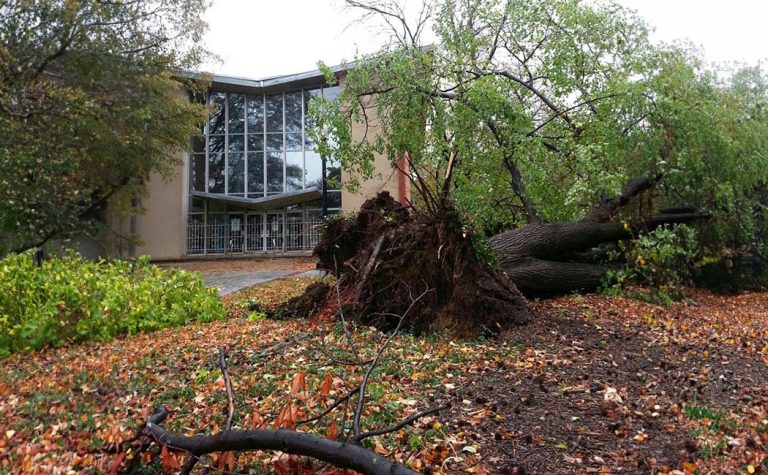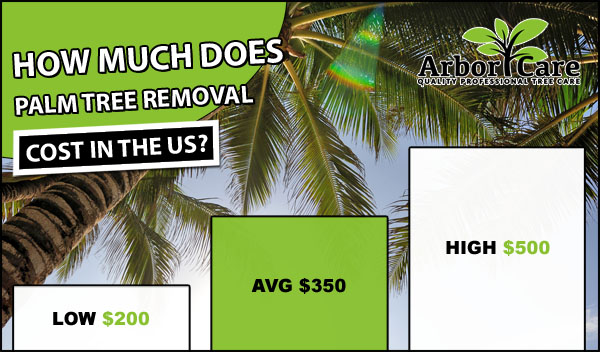Preparing Trees for Arizona Monsoons
Preparing trees for Arizona monsoons is crucial to minimize damage and ensure the health and stability of your trees during the intense storms. Here are some steps and tips to help you get your trees ready: 1. Regular Pruning and Trimming Remove Deadwood: Eliminate dead, diseased, or damaged branches. Deadwood is more likely to break…




